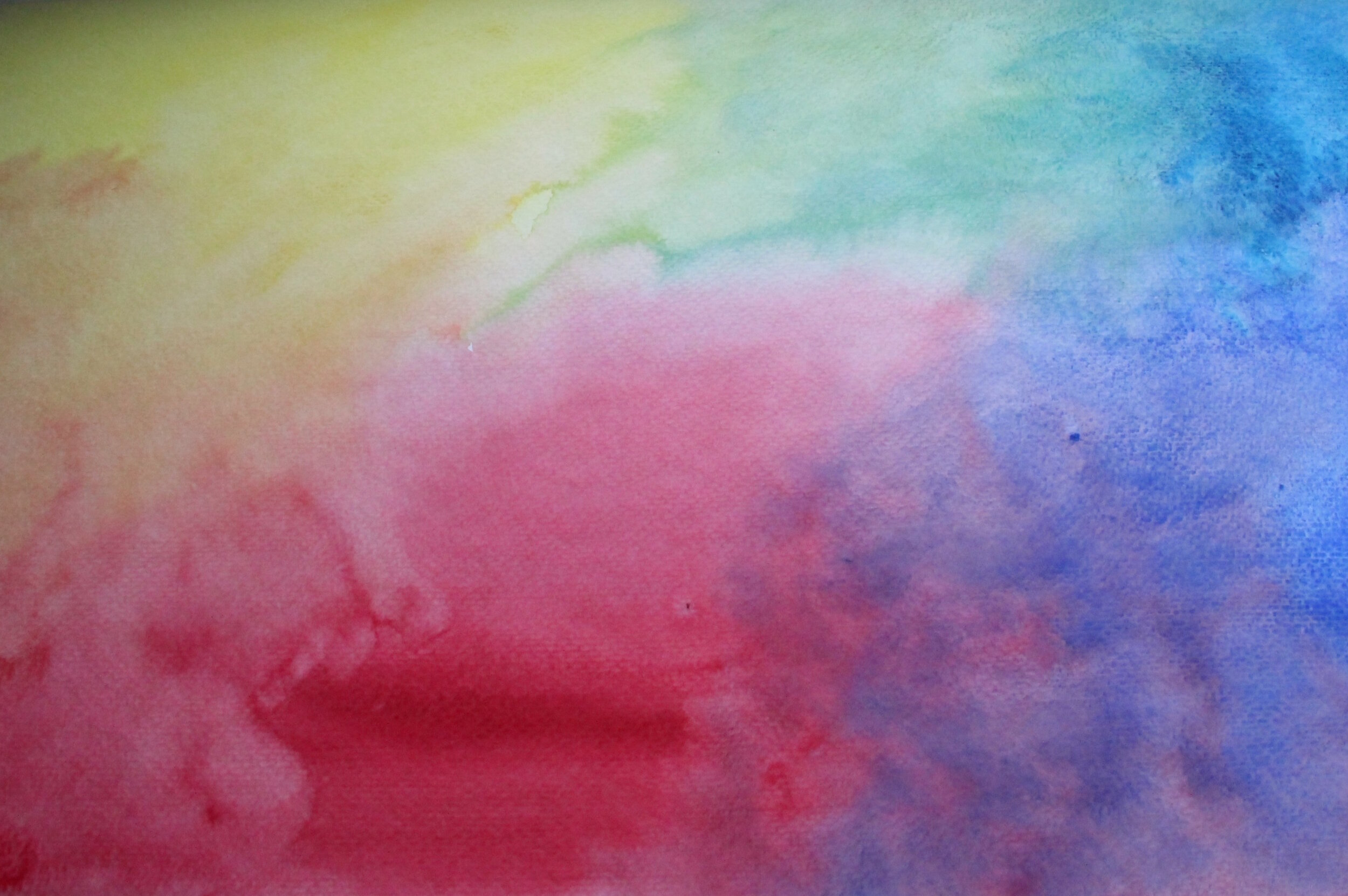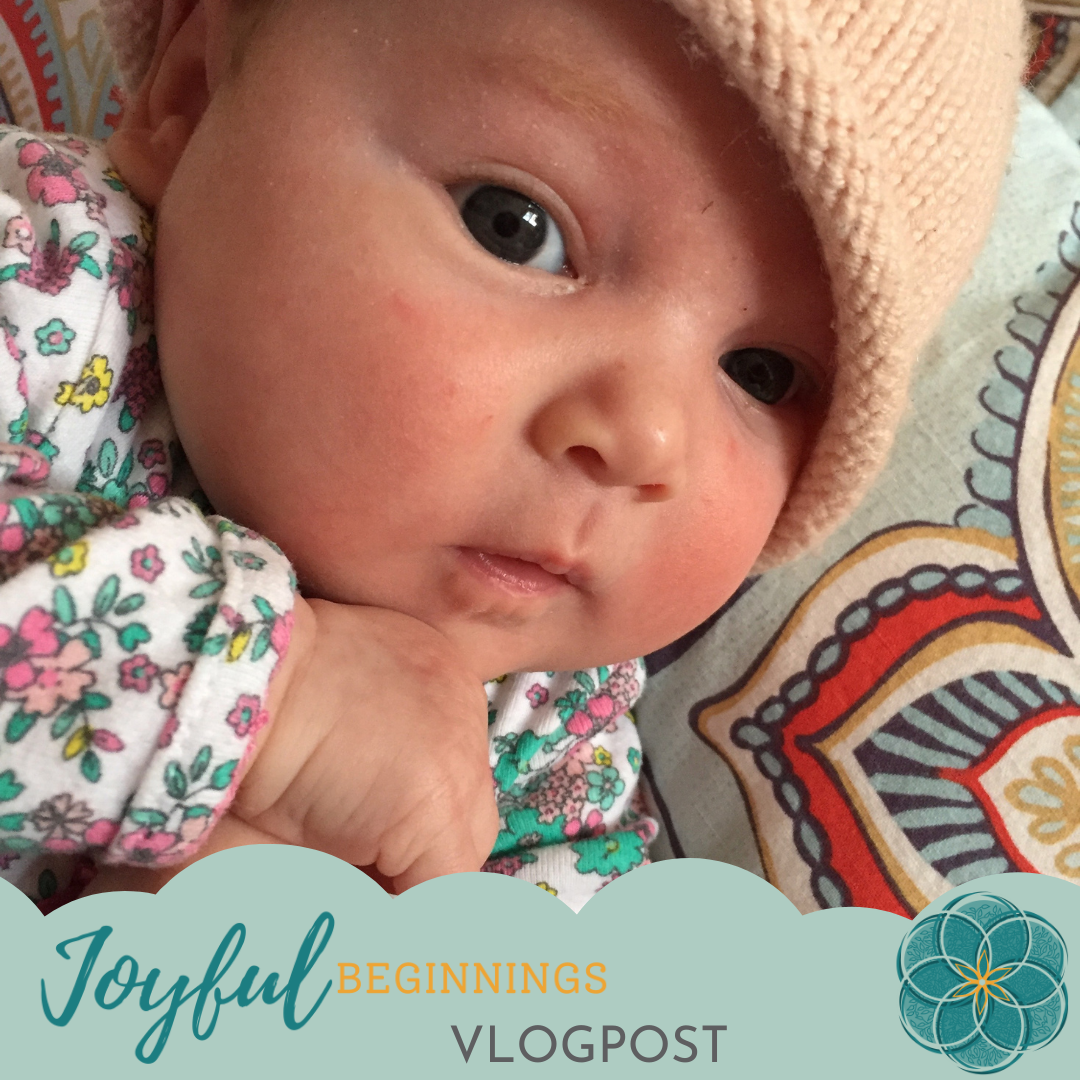
Sensory and Motor
Development
Content related to this topic:
Even in the womb, the baby is moving and using their body. Each kick, wiggle, and twist has its purpose and begins the process of laying down the foundations of our neural pathways. The infant and young child do not need to be aided or instructed in their movements. Their bodies already know what to do and what is needed. By leaving infants and young children to move about freely, they are given the incredible opportunity to build their confidence and capability.
The child coming into the world is meeting everything for the first time. This is especially true of their bodies and how their bodies move in and interact with the physical world around them. The child learns by doing, and sometimes failing, flailing, and falling. But, giving the child the opportunity to freely explore their bodies and their environment will help them build the confidence and competence they will need to navigate the world all throughout the rest of their lives.
To the newborn, the body is unfamiliar. It takes them time to get to know their bodies: what they feel like, how they work, what they can do. Allowing a baby the space and time to explore and experiment with their bodies through free motor exploration helps them get to know their bodies.
The world is busy, bright, and overwhelming to the newborn. It takes a little bit of time for babies to become familiar with the world around them. Taking the time to prepare and be aware of the environment helps ease this transition for the baby.
Babies are not a blank slate. They come into the world with capacities, preferences, and personality. Throughout life these will change, grow, and develop… all a baby needs is the space and time to unfold in their own time and in their own way.
Contributor, Nancy Macalaster answers the question, ‘how is my baby developing during the 4th Trimester and what is the parent’s role during this time together?’.
Contributor, Nancy Macalaster shares what is happening in our children’s development during the first three months of life. Otherwise known as; The Fourth Trimester.
The world is so large for a young baby. Sheepskins create a small delineated part of the world that is cozy and warm. Repeatedly placing the baby on a sheepskin can become familiar and comfortable to them.
Regarding the infant’s motor development, each stage is important in and of itself, and that includes back-lying! The benefits to back-lying are many
The sequence of self-initiated motor development is generally the same for most babies. However, each baby will progress in their own way and at their own pace. The phases of development overlap, i.e., a walking baby will also crawl, and a sitting baby will also play on their back. In each position, the baby learns to move into and out of the position, maintain it for longer and longer periods of time, and reach and play with toys there.
Pediatric physical therapist and core faculty member of the teacher education program at Sophia’s Hearth, Jane Swain share the benefits of free motor exploration for the growing child. Self-Directed movement not only helps the child better get to know their body, it also helps their developing brains.
It’s very helpful for babies to get to know their feet! This happens in two different ways: when the baby’s feet are airborne, and also when their feet are bearing weight on the floor or other surface.












The infant and young child does not need a lot of external stimulation or to be entertained. Simply placing an infant or young child in a safe environment with a variety of materials to explore provides such a rich experience.